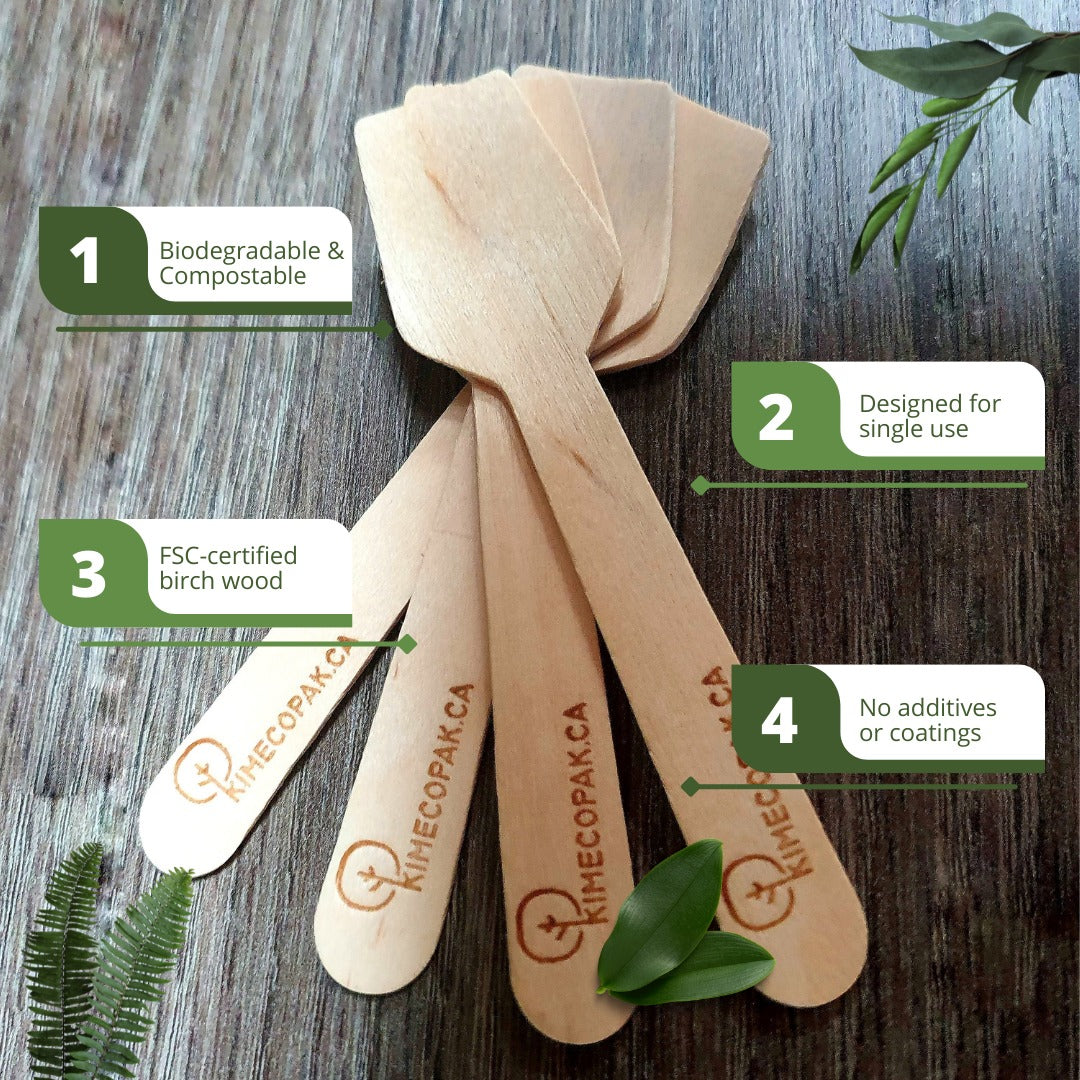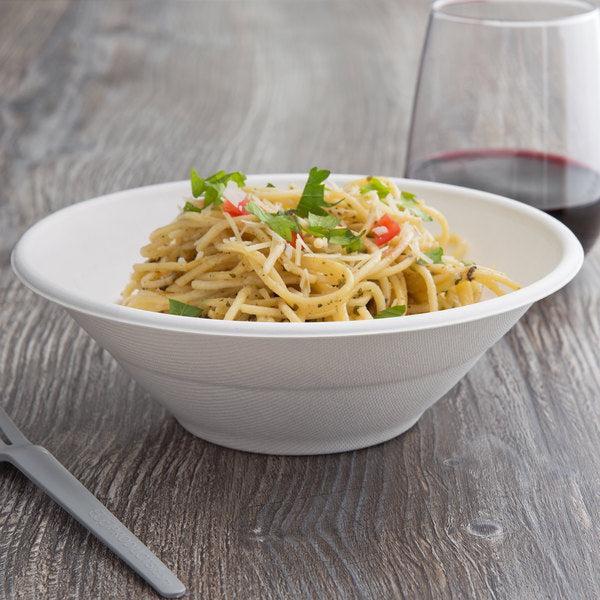Wine and food pairing may seem like an intimidating topic, but it doesn't have to be! With a few basic principles, you can transform an ordinary meal into an extraordinary dining experience. Whether you're new to the world of wine or simply curious about how to pair wine with your favorite dishes, this guide will give you the tools you need to start pairing wine and food like a pro.
Why Wine Pairing Matters in Culinary Culture
Enhance Flavors: How Wine Complements Food
Pairing wine with food is not just about enjoying a drink with your meal—it's about creating a harmony of flavors. The right wine can enhance the taste of the food, making both the wine and the dish more enjoyable. For example, a light, crisp white wine can bring out the freshness of seafood, while a bold red wine can deepen the richness of a hearty steak.
Wine as a Cultural and Social Element
Wine plays an essential role in many culinary traditions around the world. In European cultures, for instance, wine is often considered an integral part of the meal, enhancing not just the food but the entire dining experience. It also serves as a social element, bringing people together for conversation and celebration.
Wine Tasting: A Complete Guide for Beginners and Enthusiasts

Basic Principles of Wine and Food Pairing
Matching Intensity: Light vs. Full-bodied Wines
One of the fundamental rules of wine and food pairing is to match the intensity of the wine with the intensity of the food. Light dishes, like salads or seafood, are best paired with lighter wines such as Sauvignon Blanc or Pinot Grigio. Meanwhile, heavier dishes, like red meat or stews, require a more full-bodied wine like Cabernet Sauvignon or Syrah.
Complement or Contrast: Flavor Balancing
When pairing wine with food, you can either complement or contrast the flavors. A complementary pairing enhances similar flavor profiles. For example, pairing a creamy pasta dish with a buttery Chardonnay enhances the richness of both. On the other hand, a contrasting pairing can create a unique balance. A spicy dish paired with a sweet Riesling, for instance, helps tone down the heat while adding a refreshing sweetness.
Acidity, Tannins, and Sweetness: How They Impact Pairing
Understanding wine’s acidity, tannins, and sweetness is key to successful pairing. Acidic wines like a Chianti or Sauvignon Blanc pair well with acidic foods like tomato-based dishes or salads with vinaigrette. Tannic wines, such as Cabernet Sauvignon, work best with fatty meats, as the tannins cut through the richness. Sweet wines, like Moscato, are great with spicy or salty foods as they balance out the heat or saltiness.
Popular Wine and Food Pairings for Every Occasion
Red Wines and Meat Dishes
Red wines, especially those rich in tannins, are typically best paired with red meats. A classic pairing is a full-bodied Cabernet Sauvignon with a grilled steak, as the tannins help break down the fat in the meat, enhancing both the texture and flavor. For lighter meats like pork, a fruity red like Pinot Noir works wonderfully.

White Wines and Seafood or Poultry
White wines are generally lighter and more refreshing, making them perfect for seafood and poultry. A crisp Sauvignon Blanc is ideal for delicate dishes like grilled fish or chicken, while a richer Chardonnay pairs well with creamy sauces or roasted poultry.

Rosé Wines and Versatile Pairings
Rosé wines offer versatility, combining elements of both red and white wines. They pair well with a wide range of dishes, from fresh salads to grilled chicken. A dry rosé can also complement Mediterranean flavors, such as olives, feta cheese, and roasted vegetables.
Sparkling Wines with Appetizers and Desserts
Sparkling wines, like Champagne or Prosecco, are fantastic with appetizers and light desserts. The bubbles in sparkling wine cleanse the palate, making it an excellent choice for rich starters like smoked salmon or cheese platters. For dessert, try pairing a sweet sparkling wine with fresh fruit or light pastries.
Common Mistakes in Wine Pairing and How to Avoid Them
Overpowering the Food with Too Strong Wines
One common mistake is choosing a wine that's too strong for the food. For instance, a full-bodied red wine can easily overpower a delicate seafood dish. To avoid this, always consider the weight and intensity of both the wine and the food. A light dish requires a light wine, while a heavy dish calls for a more robust wine.
Ignoring the Role of Sweetness
Another mistake is overlooking the sweetness of the dish or wine. Sweetness in wine can be a powerful balancing tool. For example, pairing a spicy Thai dish with a sweet Riesling can help cool down the heat while bringing out the flavors of the dish.
Pairing Wine Based Solely on Color
It's a common misconception that you should always pair red wine with red meat and white wine with fish or poultry. While this works in many cases, the flavor and structure of the wine should take precedence over its color. For instance, a light, fruity red like Pinot Noir can pair beautifully with salmon, while a rich, oaky Chardonnay can complement roasted pork.
Wine Pairing for Special Dietary Preferences
Vegetarian and Vegan Pairings
Vegetarian and vegan dishes also offer plenty of wine pairing opportunities. For example, a crisp Sauvignon Blanc pairs well with green vegetables like asparagus or artichokes. For heartier plant-based dishes like mushroom risotto, try a Pinot Noir or Chardonnay.

Gluten-free and Dairy-free Meals
If you're avoiding gluten or dairy, you can still enjoy great wine pairings. A gluten-free pasta dish with tomato sauce pairs perfectly with an acidic red wine like Sangiovese. Dairy-free meals that rely on rich, savory flavors, such as roasted vegetables or meats, go well with medium-bodied wines like Merlot.
How to Develop Your Wine Palate
Experimenting with Different Wines and Foods
The best way to develop your wine palate is to experiment. Try different combinations of wine and food to see what you like. Don’t be afraid to step out of your comfort zone and explore pairings you wouldn’t typically think of.
Tips for Wine Tasting
When tasting wine, start by looking at the color and clarity. Swirl the wine in your glass to release its aromas, then take a sniff. Finally, take a sip and let the wine sit on your palate to taste its complexity. The more wines you try, the better you’ll become at identifying flavors and pairing them with food.
Keeping a Wine Journal
One great way to keep track of your preferences is to maintain a wine journal. Note the wines you’ve tried, the dishes you paired them with, and what worked or didn’t work. Over time, this will help you understand your taste preferences and make better pairing decisions.







